In December 2019, the first case of Coronavirus was identified in Wuhan, China. In the ten months since then, over 39 million cases of Covid-19 have been reported globally, and over 1 million people have lost their lives to the pandemic.
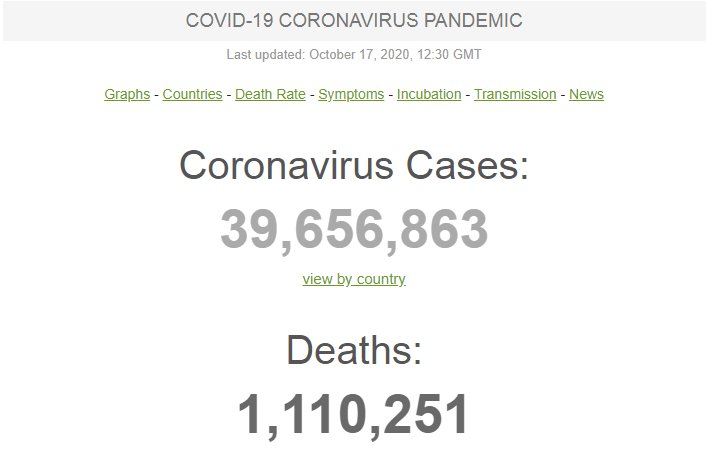
But, in the same time, New Zealand has emerged as an undisputed leader in not just combating the spread of the disease, but rather, in nearly eliminating it.
As of October 17, 2020, it had 40 active cases and no patient in the hospital.
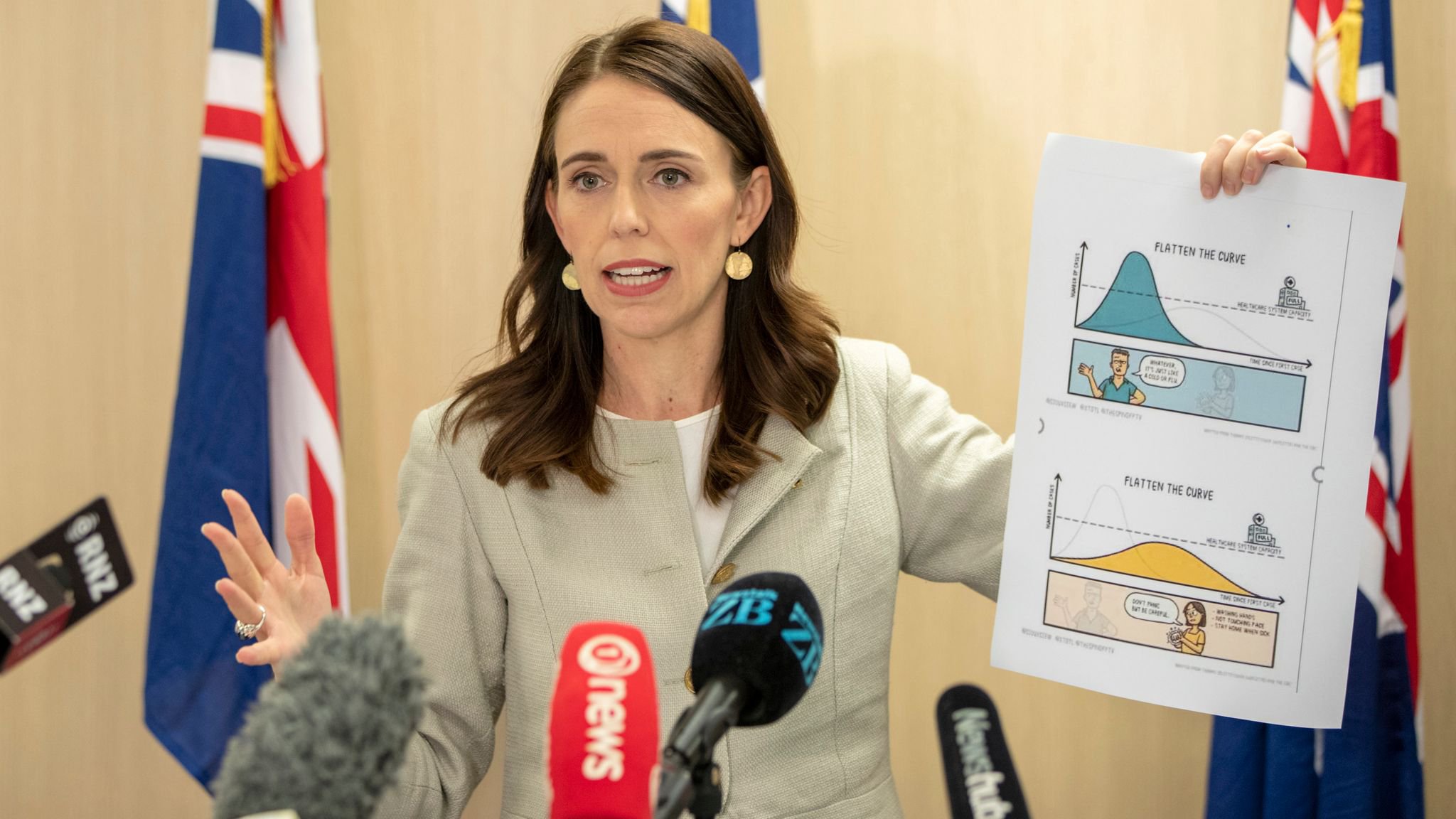
Naturally, it is important to keep in mind the population of the country, the geographical location, and the strength of its healthcare system, when taking into account the way it handled the pandemic.
But, all these factors do not take away from the simple fact that New Zealand has, very clearly, benefitted from the leadership of its Prime Minister, Jacinda Ardern.
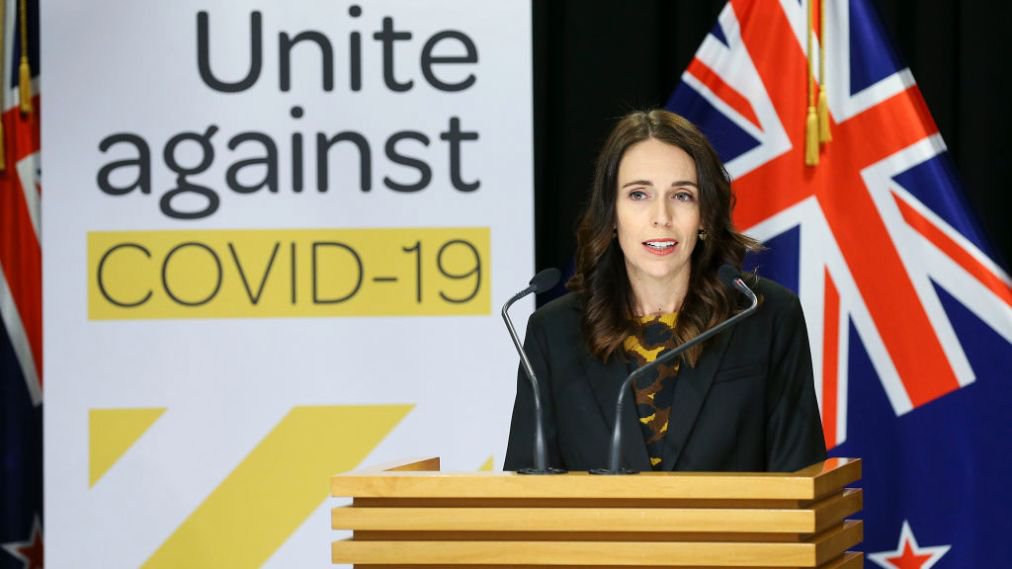
Jacinda Ardern was the world’s youngest female head of government at the time of her ascension. And, in 2020, she once again won the elections in a landslide victory. While she consistently proved herself during her tenure, a major reason for her victory can be attributed to the way she handled the Covid-19 crisis.
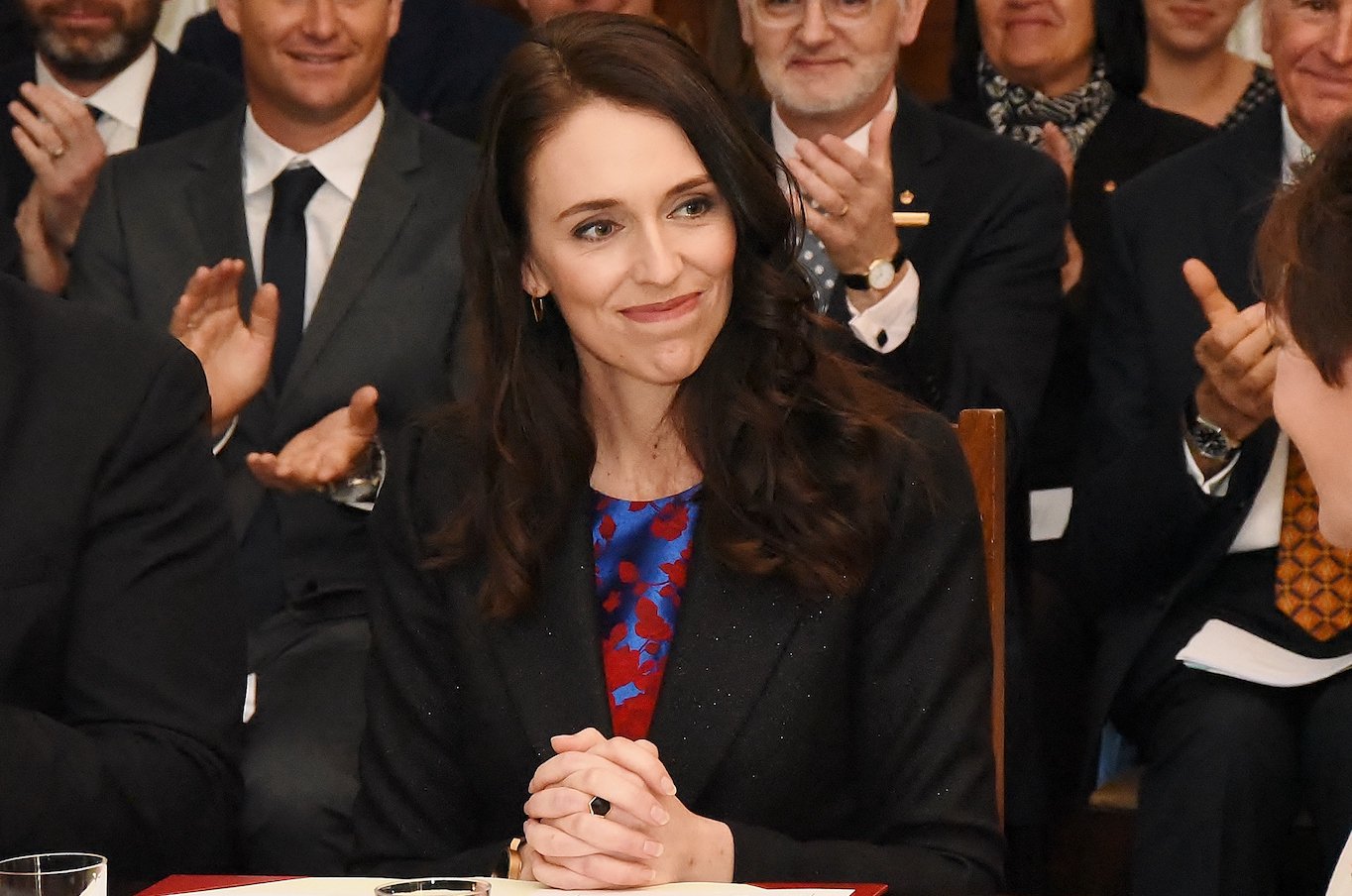
She has quickly become a leader that not just her country’s citizens, but most young men and women from across the globe look up to.
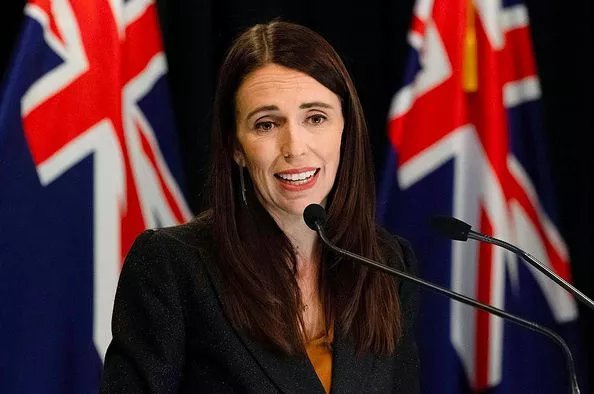
Ardern, who already set an example of the challenges and competence of working mothers, won people over with the way she led the country in the aftermath of the horrifying Christchurch mosque shootings.
“We in New Zealand will give him nothing — not even his name.”
— CNN (@CNN) March 19, 2019
Prime Minister Jacinda Ardern says the suspected shooter in Friday’s terrorist attack will be “nameless” when she speaks https://t.co/7CqAYRiAUh pic.twitter.com/5DbiJN18Z0
This is the New Zealand PM @jacindaardern Remember when we had a leader capable of empathy and compassion. pic.twitter.com/NNTGMFSJVT
— Claude Taylor (@TrueFactsStated) March 17, 2019
To give a quick summary, not only did she personally meet the families who lost their loved ones in the senseless shooting, but in just less than a month, she introduced a bill to reform New Zealand’s Arms Act. And she led the final bill reading with these emotional, impassioned words:
They (victims) will carry disabilities for a lifetime, and that’s before you consider the psychological impact. We are here for them. I could not fathom how weapons that could cause such destruction and large-scale death could be obtained legally in this country.
-Jacinda Ardern
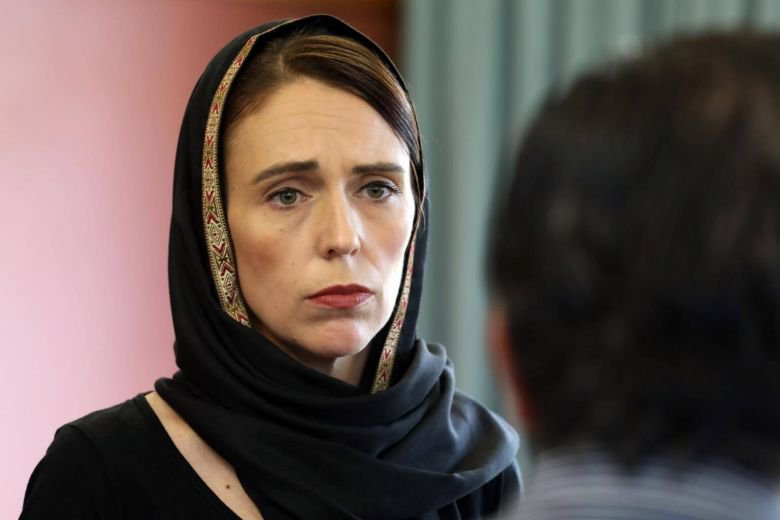
And Ardern’s leadership during the Covid-19 pandemic definitely deserves special praise and attention. Because it holds important lessons for the rest of the world.
New Zealand, which depends largely on revenue generated by tourism, closed its borders to international travel on March 19, only 19 days after the first confirmed case. It was one of the earliest and most stringent lockdown imposed.
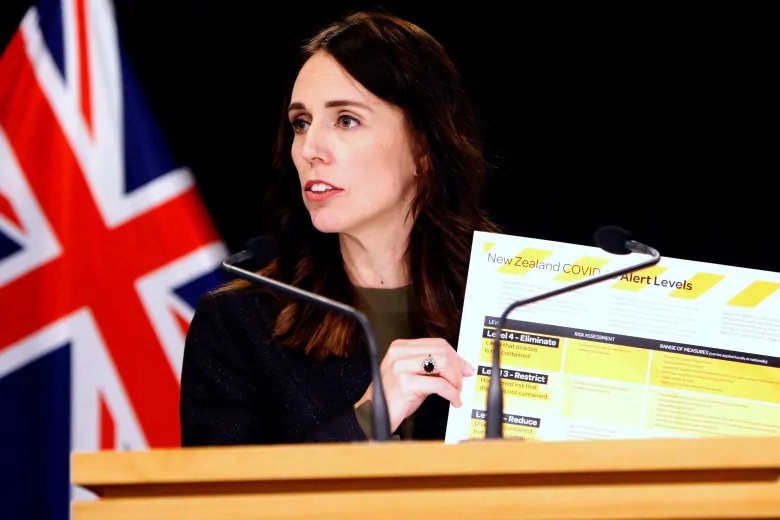
The swiftness with which the decision was implemented considerably helped in lowering the number of reported cases.
We’re going hard and we’re going early. We only have 102 cases, but so did Italy once.
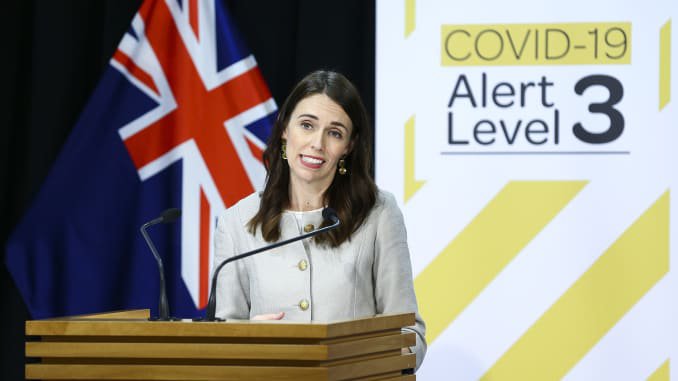
As of October 17, the total number of confirmed and probable cases in New Zealand stands at 1,883. Of these, 1,818 have recovered and unfortunately, 25 people lost their lives to the virus.
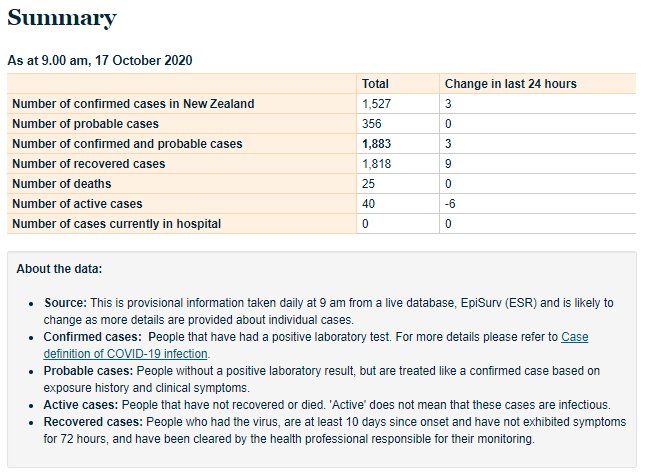
What is especially noteworthy is that contrary to other countries, cases in New Zealand did not see a spike, despite an increase in testing. Especially when you take into account the challenges that the country’s population density posed for contact tracing.
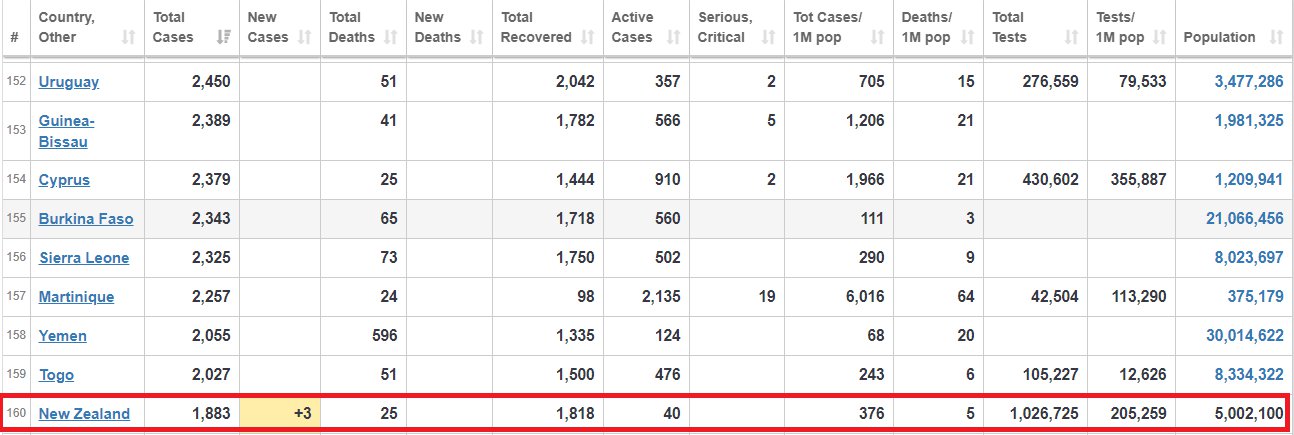
When the nationwide lockdown was originally announced in NZ, Ardern publically condemned a fellow politician who broke the norms of social distancing, establishing once and for all, that the rules of the lockdown were indeed the same for everyone.
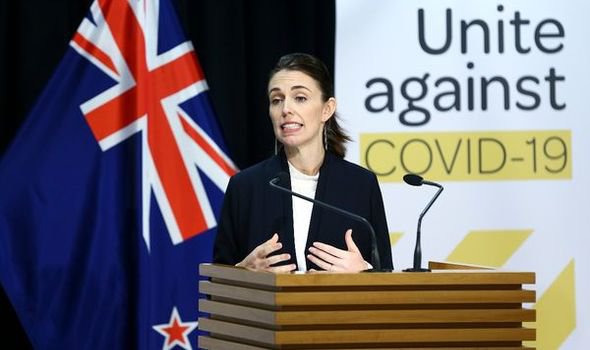
Her approach made it clear that no one was above the law. More importantly, by demoting the concerned minister, Ardern set a clear example of the repercussions of breaking the rules of social distancing.
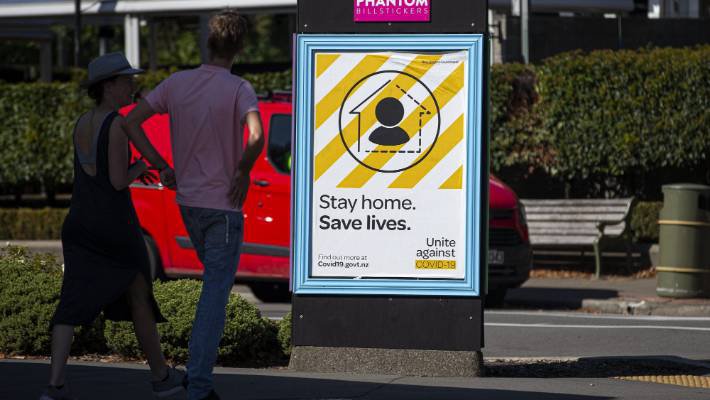
Jacinda Ardern also maintained open and clear communication during the pandemic, regularly providing updates through social media, to stem the spread of paranoia and false information.
In order to boost spirits during the lockdown, she led the Easter celebrations in the country, while under the lockdown, and maintaining social distancing.
Simply put, she ensured that people enjoyed themselves, but stayed safe. And keeping in line with her honest, clear, and approachable leadership style, she–like most of us in our WFH attire–even briefed the public, from her home, in sweats.
During the pandemic, Ardern’s government also introduced, initially, a $12.1 billion COVID-19 Economic Response Package that allowed people to continue to stay indoors, with limited financial insecurity.
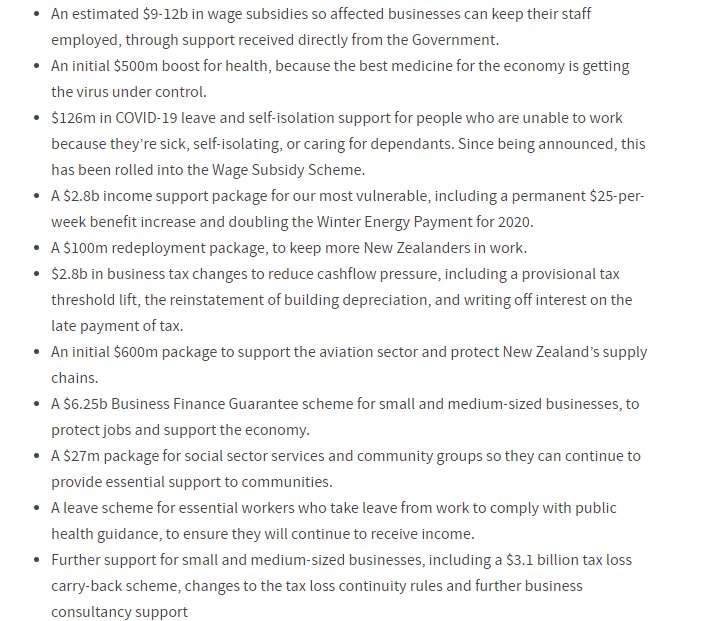
Ardern also announced that in the wake of the pandemic, she, along with other ministers, would take a 20% pay cut for six months, and introduced interest free loans.
If there were ever a time to close the gap between groups of people across New Zealand in different positions, it is now.
-Jacinda Ardern
Additionally, once New Zealand decided to lift the lockdown, proper instructions were provided on the rules to be followed.
To ensure social distancing, stickers were put on public transport for commuters, businesses were expected to maintain a logbook of customers’ details, and extra security was deployed at the malls.

In fact, the same rules applied to Ardern as well, and she was actually returned from a cafe because it was at maximum capacity (under the social distancing guidelines).
I have to take responsibility for this, I didn’t get organized and book anywhere. Was very nice of them to chase us down st when a spot freed up. A+ service.
— Clarke Gayford (@NZClarke) May 16, 2020
She gracefully accepted the situation and waited for a spot to open.
Bonus content: Jacinda and Clarke paying their bill. “wow they’re just like us!” 🥴 pic.twitter.com/bmziEArZVq
— Joey 🧜🏻♂️ (@reinvention) May 17, 2020
In fact, after first lifting nationwide restrictions, when a few isolated cases emerged, Ardern immediately went into lockdown mode again, successfully preventing further spread of the virus.
After controlling the latest cases reported, New Zealand appears to have once again beaten the virus, with Ardern announcing the gradual lifting of restrictions.
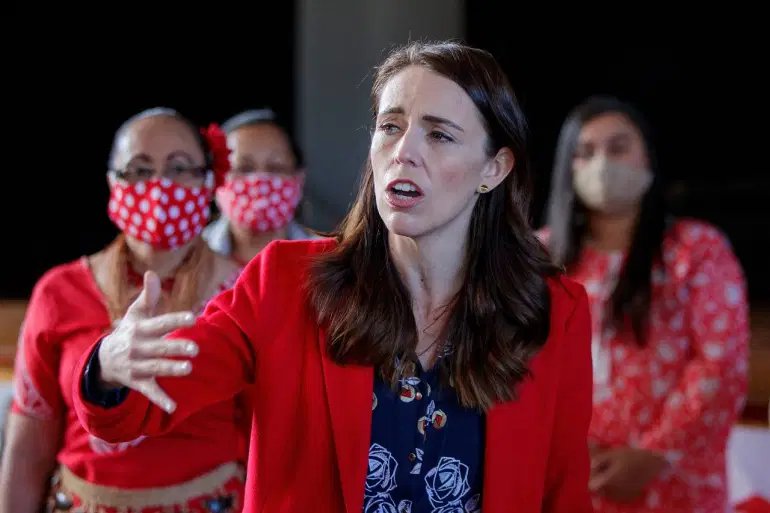
In order to boost the economy, Ardern also proposed a four-day working week and got into talks with Australian PM Scott Morrison to introduce a ‘travel bubble’ and a coronavirus-safe plan to open borders and encourage trade.
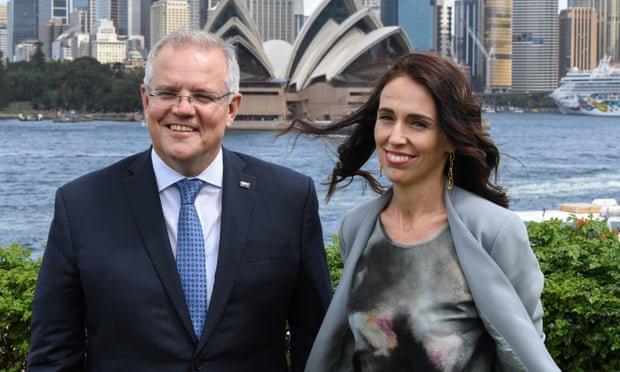
Ardern managed to lead her country to safety during a global pandemic that has crumbled some of the world’s leading economies. Her tools were scientific approach, clear communication, and keeping compassion at the core of decision-making. And that’s something most world leaders would do well to learn from.

















